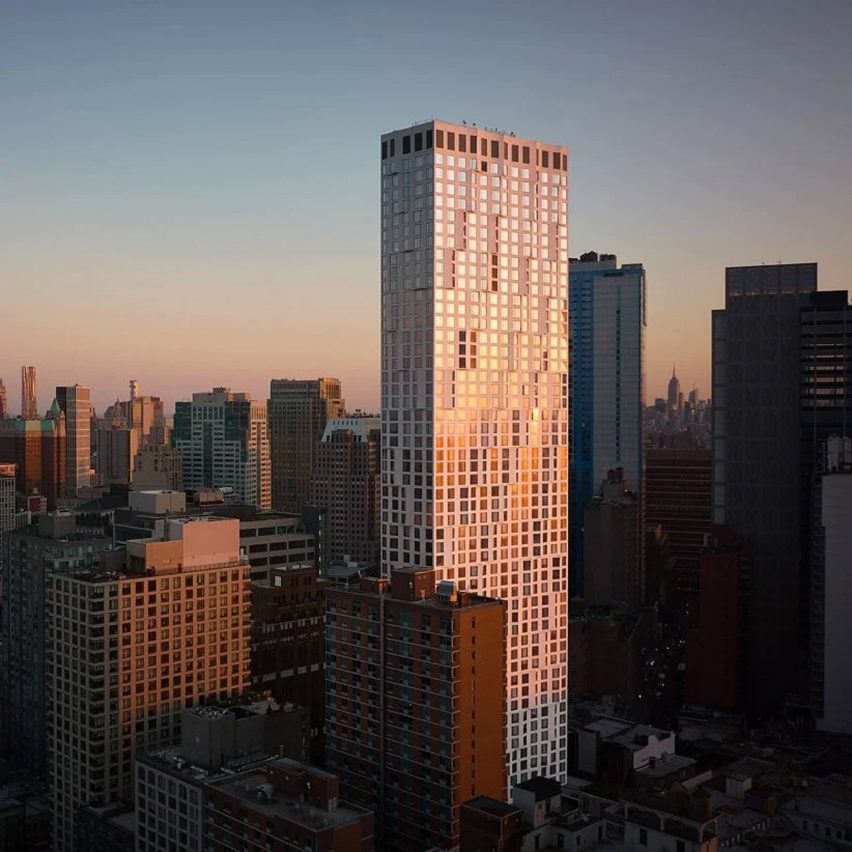To mark World Skyscraper Day, we are inviting Dezeen readers to pick the best skyscraper project of the past year from a shortlist of 10.
Ahead of World Skyscraper Day on 3 September, the Dezeen team has selected the 10 most interesting tall buildings from the past 12 months and is inviting you to vote for the best, with the winner revealed on the day.
Read on for this year’s skyscraper highlights, then vote here or by using the form at the bottom of the article:
11 Hoyt, New York City, USA, by Studio Gang
One of three skyscrapers in Brooklyn on the list, the 11 Hoyt residential skyscraper was designed by Studio Gang with a scalloped facade made from precast concrete panels.
Rising to 189 metres, the skyscraper contains 481 apartments with interiors designed by architecture studio Michaelis Boyd. Dezeen commenters weren’t overly impressed, with one describing the building as “quite boring”.
Vote for 11 Hoyt by Studio Gang ›
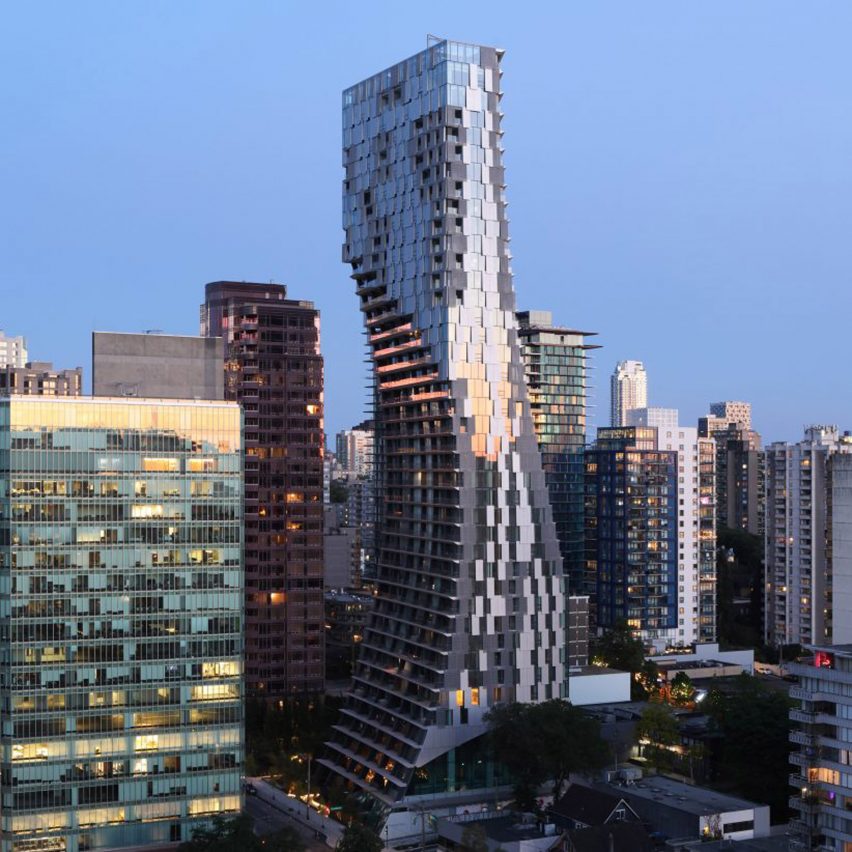
Alberni, Vancouver, Canada, by Kengo Kuma & Associates
Set near Vancouver’s waterfront in the Coal Harbour neighbourhood, the 43-storey Alberni skyscraper by Kengo Kuma & Associates has a distinctive curved form.
Studio founder Kengo Kuma explained that the building was designed to be “something different” to the surrounding more traditional skyscrapers. However, readers had reservations. Several described it as “ugly” with one stating it was “remarkably pointless” and “impressively ugly”.
Others disagreed, calling it “a beautiful building” and a “cool structure”.
Vote for Alberni by Kengo Kuma & Associates ›
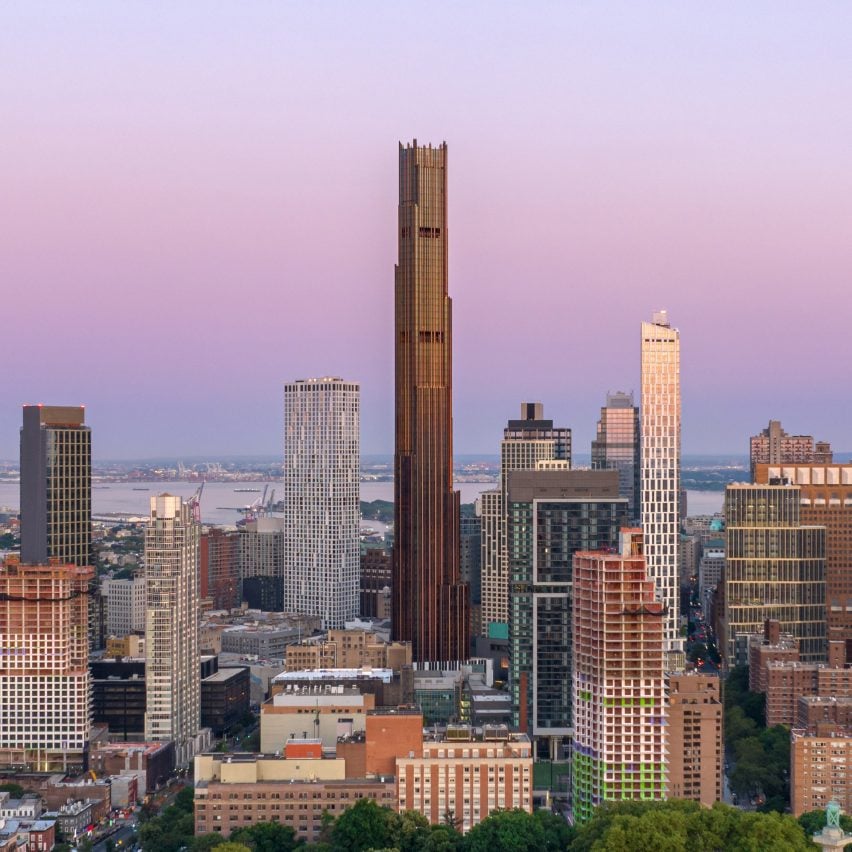
Brooklyn Tower, New York City, USA, by SHoP Architects
Designed by SHoP Architects, the Brooklyn Tower is 325 metres high, making it a supertall skyscraper and the tallest building in the New York borough.
Rising from a podium that incorporates the historic Dimes Savings Bank, the 93-storey skyscraper was clad in blackened stainless panels with distinctive bronze and copper pilasters adding character to the facade.
Commenters were broadly positive about the skyscraper, with one saying it was “one of the most beautiful skyscraper additions to New York in a long time”, and another describing it as “very distinctive”.
Vote for Brooklyn Tower by SHoP Architects ›
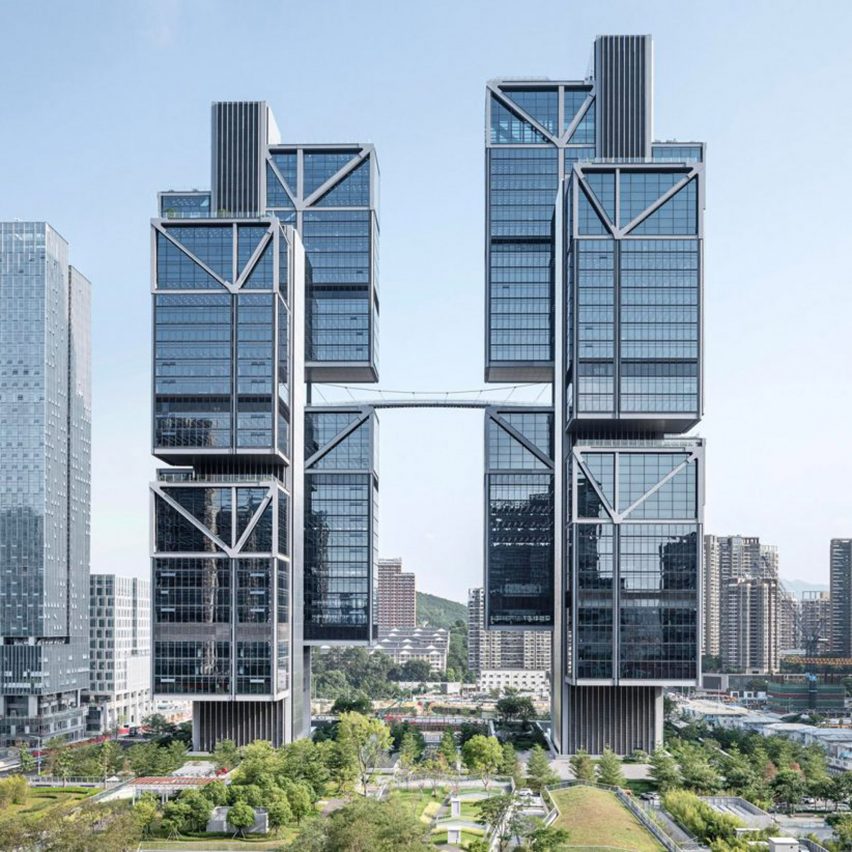
DJI Sky City, Shenzhen, China, by Foster + Partners
Named DJI Sky City, this pair of 200-metre-high skyscrapers, designed by British architecture studio Foster + Partners for drone manufacturer DJI, are connected by an open-air suspension bridge. The 90-meter-long suspension bridge is 105 metres above the ground.
Commenters enjoyed the project, with several calling it “spectacular” and another saying they had “nothing bad to say about this building”.
Vote for DJI Sky City by Foster + Partners ›

Eagle + West, New York City, USA, by OMA
Another Brooklyn skyscraper, the Eagle + West skyscraper by OMA in the borough’s Greenpoint neighbourhood was revealed this year. Described by OMA as “complementary siblings”, the pair of towers were made from a series of stacked boxes that rise to 30 and 40 storeys.
Readers described the building as a “harmoniously balanced composition”, “cool project” and “a spectacular structural tour-de-force”.
Vote for Eagle + West by OMA ›
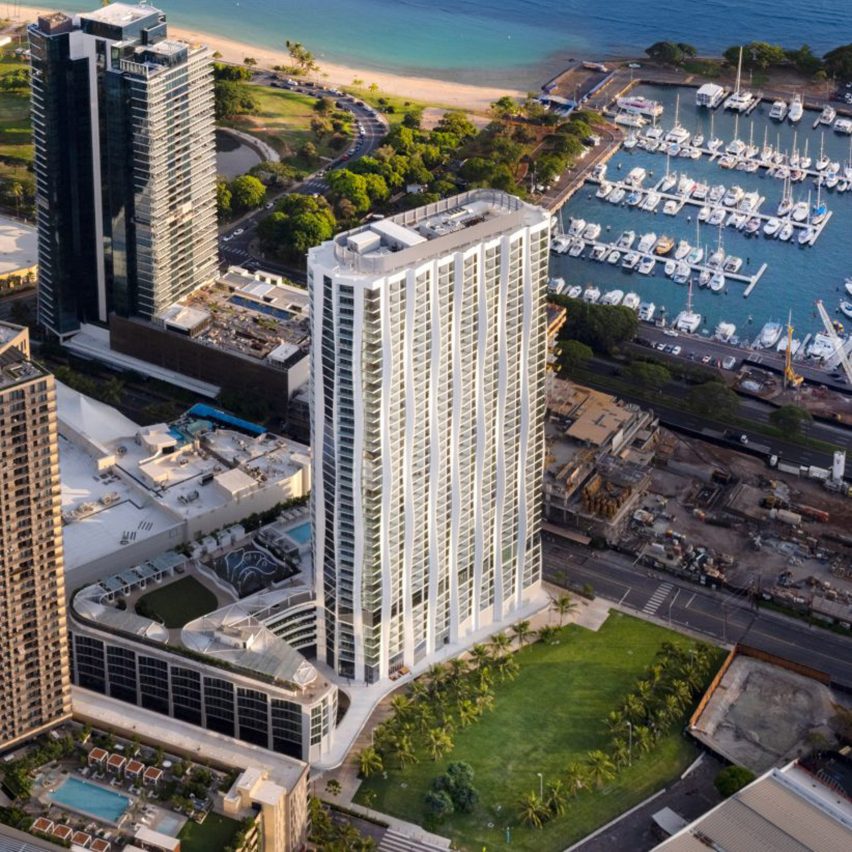
Kō’ula, Honolulu, USA by Studio Gang
Named Kō’ula, which means red sugar cane in native Hawaiian, the form of this 41-storey residential tower was informed by the local plant. Studio Gang explained that the undulating facade was also designed to be an interpretation of covered verandas that are common in Hawaii.
While one reader described the building as “elegant” and “smart” others thought it was “strange”.
Vote for Kō’ula by Studio Gang ›
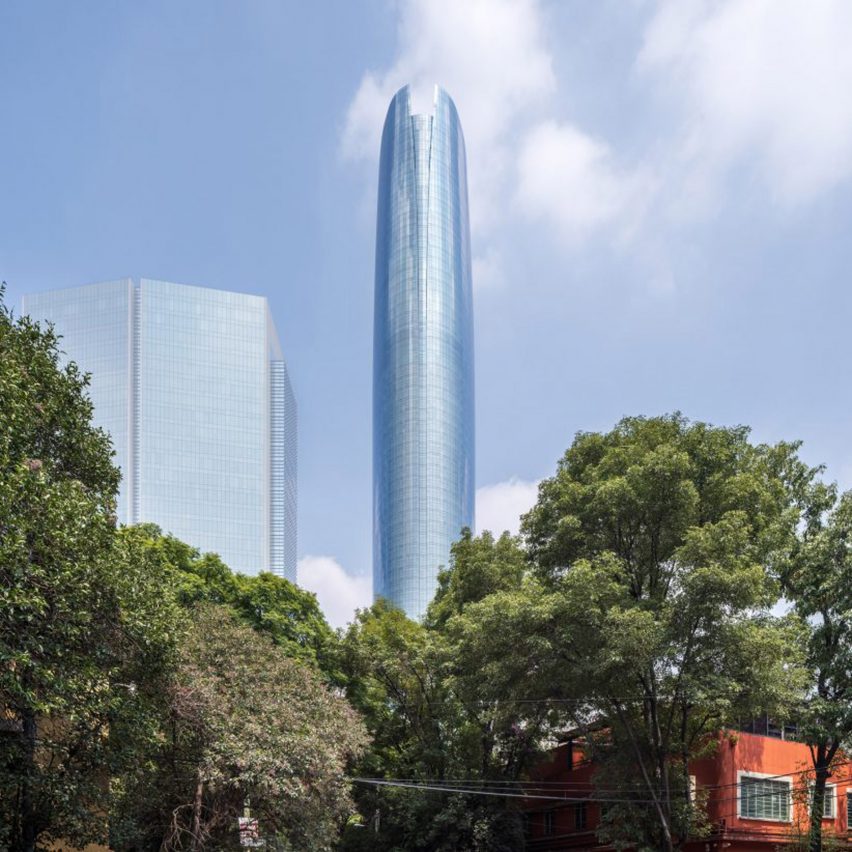
Mitikah, Mexico City, Mexico, by Pelli Clarke & Partners
The 267-metre-tall Mitikah building in the Benito Jaurez neighbourhood of Mexico City was designed by skyscraper specialists Pelli Clarke & Partners and is now the tallest building in the city.
The largely glass-clad tower has a curved form that, according to the studio was designed to relate to a nearby cluster of skyscrapers and the dramatic mountains that surround the city.
One reader described the tower as “nice and clean”, however, others called it “forgettable” and a “gigantic glass tube”.
Vote for Mitikah by Pelli Clarke & Partners ›
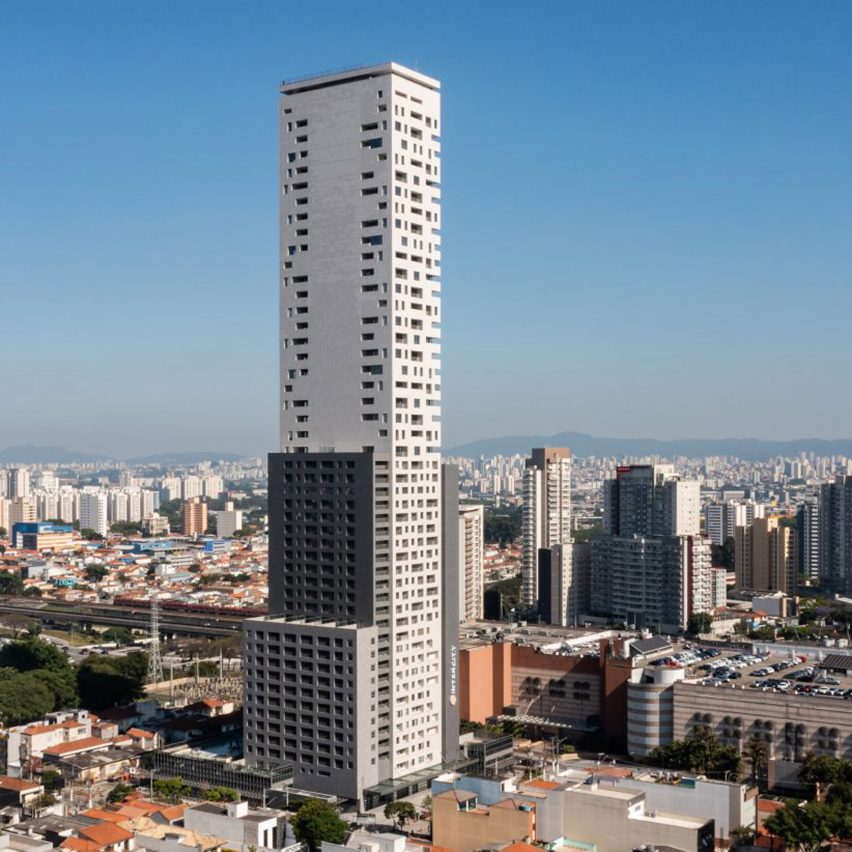
Platina 220, São Paulo, Brazil, by Königsberger Vannucchi Arquitetos Associados
Described by Königsberger Vannucchi Arquitetos Associados as a “monolith carved into the landscape”, Platina 220 is the tallest building in São Paulo. The 172-metre-tall central tower, which was clad in porcelain panels with deep window cut outs, was flanked by four shorter towers.
Although one reader called the building “horrific” others were more positive, saying that it was “great to see a more responsible level of window-to-wall ratio on a new tower”.
Vote for Platina 220 by Königsberger Vannucchi Arquitetos Associados ›

Tours Duo, Paris, France, by Ateliers Jean Nouvel
Designed by Ateliers Jean Nouvel, this pair of inclined skyscrapers lean away from a central plaza and were positioned to be more visible from the River Seine and the Périphérique ring road. The skyscrapers are 180 and 125 metres high, with the former becoming the second-tallest building in the city.
One reader suggested the building would make people feel “uneasy” and others were more critical, describing it as “entirely superficial and exceedingly pretentious at the same time”.
Vote for Tours Duo by Ateliers Jean Nouvel ›
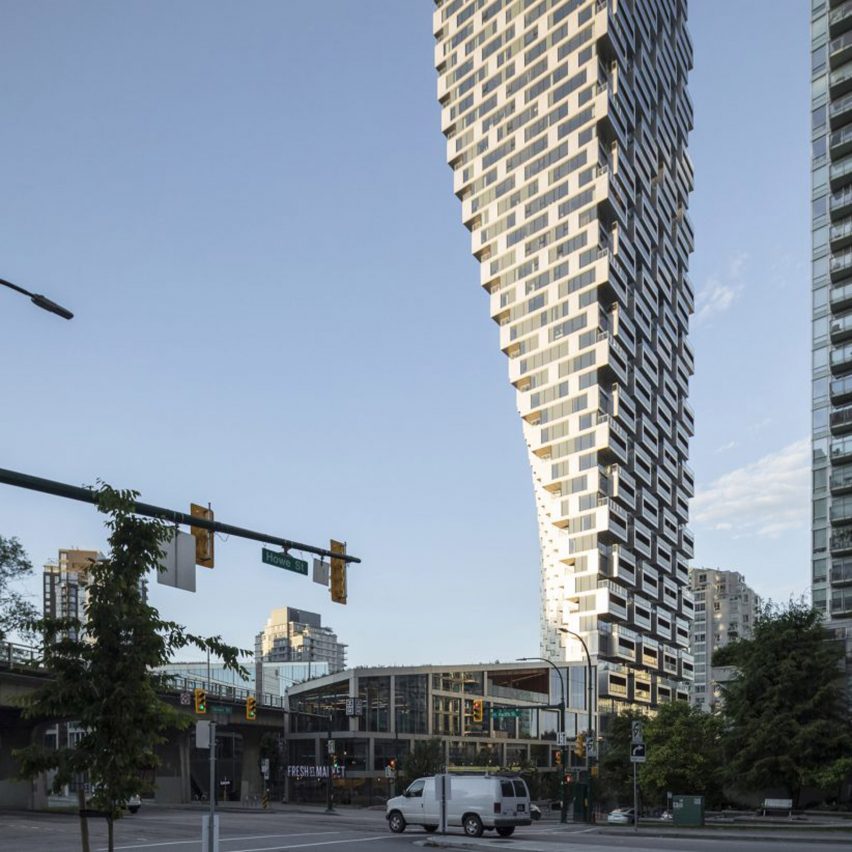
Vancouver House, Vancouver, Canada, by BIG
Designed by BIG “in the tradition of Flatiron” the 155-meter-high Vancouver House skyscraper rises from a triangular base with a curved profile to form a rectangular block.
“Should a building be designed to evoke anxiety?” one commenter asked, but others called it “a very unique solution”, “really cool” and “one of the most striking buildings on the West Coast”.
Vote for Vancouver House by BIG ›

